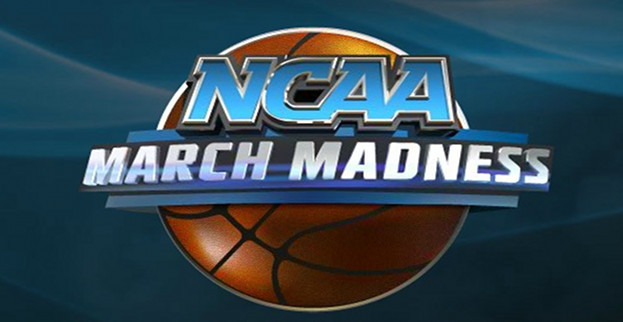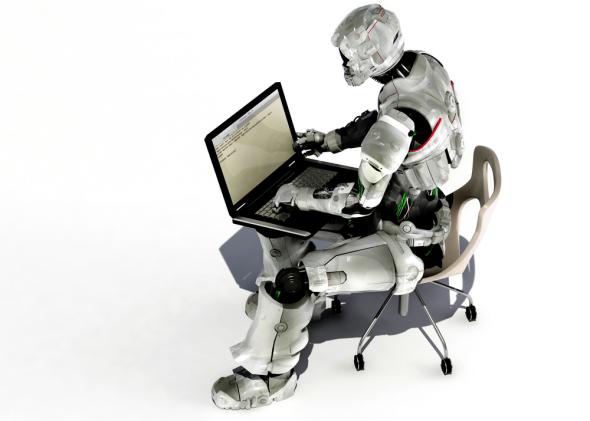
The dance is underway. A field of 68 teams have been selected to participate in this year’s NCAA men’s basketball “March Madness” tournament, which means that come tourney start time on Tuesday, journalists covering what is often considered one of the most-watched distractions of the year will be working overtime. Or will they?
Earlier this month, the Associated Press announced that it would be bringing robot-journalists into the March Madness fold. In a partnership with Automated Insights and the NCAA, the Associated Press will employ robots that utilize “data-driven journalism” to report out to the masses.
And tourney time might just be the best time to roll out the program. Hundreds of thousands of fans head to the interwebs each year to do their due diligence for bracketology, the “science” behind their picks to win or lose during the single-elimination tournament. Some of the most popular sports websites in the U.S., which include ESPN, Sports Illustrated, CBS Sports, Fox Sports and Yahoo, already have agreements in place with the Associated Press to pull their reports and content for the avid fans who refresh the sites on an almost second-by-second basis.

According to the Associated Press, the partnership allows the news organization to disseminate even more news to the statistics-hungry public, and there are no plans to reduce or eliminate the human journalists who also cover the tournament.
“This will mean thousands of more stories on the AP wire, which will remain unmatched in the industry. Every college sports town will have some level of coverage,” said Barry Bedlan, Deputy Director of Sports Products for the Associated Press.
Not necessarily new
While this data-driven approach to journalism may seem novel to college basketball fans, this is not the first time Automated Insights has been engaged to use artificial intelligence to report out on developing stories. In 2014 alone, Wordsmith, which is the technology used by Automated Insights to produce these stories, provided more than 1 billion articles to large media conglomerates such as Comcast, Yahoo, and yes, the Associated Press.
And this type of robo-journalism is just getting started. In fact, in partnership with the NCAA, the Associated Press will be using Automated Insights’ robots to also cover Division I baseball, Division I women’s basketball, as well as Division II and Division III football.
Of course, as with anything related to journalism, there are some well-founded concerns about the accuracy of the robot-journalists’ reporting, but we can probably safely assume that they are fairly unbiased when reporting about the teams vying for the championship.
It will be interesting to see if, and how, the robots will have bylines, and whether they will grasp the concept of the somewhat more emotional impacts of “Cinderella” upsets and surprising bounces.
However, two things are certain:
1) I’ll be watching the AP’s stories a little more closely to see how well they are being reported, and
2) This article has NOT been written by a bot.
Via Sport Techie
Advertisement
Learn more about Electronic Products Magazine





